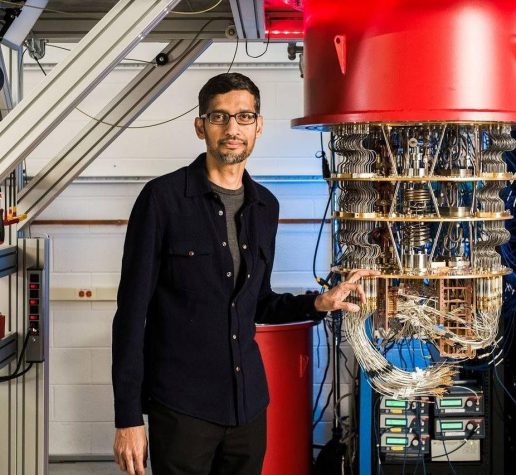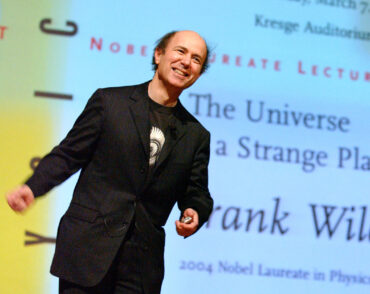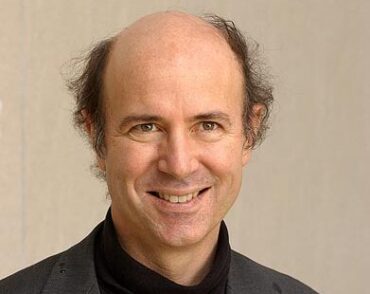
A Reality Check on Quantum Computers
Google’s recent breakthrough is just a first step on the long road to creating a useful next-generation processor.
Currently, the vast majority of computers are machines that process huge arrays of 0s and 1s, also known as binary digits or simply bits. Over time, physicists and engineers have been able to create functional bits using smaller and smaller objects. Vacuum tubes and electromagnetic relays gave way to modern integrated circuits, which pack billions of transistors into chips that fit comfortably inside mobile phones or watches. And the transistors keep getting smaller.
But when miniaturization reaches the size of atoms—which are not much smaller than today’s transistors—we find ourselves entering a new world: the wonderland of quantum mechanics. The quantum version of a bit, known as a qubit, can exist in a continuum of states that are mixtures (technically, “superpositions”) of 0 and 1. Quantum computers built from qubits are potentially more powerful than classical computers built from bits, but they are also more complicated and delicate.
Today, quantum computers are a research frontier. Qubits are brilliant and pioneering feats of engineering, which make use of cryogenics, superconductivity and new kinds of optoelectronic circuitry. But they are actually larger, not smaller, than modern transistor-based bits. The quantum computers that we can presently construct are not ready for practical use. Rather, they point to the future.
Along that path, “quantum supremacy” is meant to mark a milestone. It is the successful performance, using a quantum computer, of a computation that could not be carried out by a classical computer of reasonable size in a reasonable time. An extremely impressive paper by Google researchers recently appeared in the journal Nature, announcing that they had achieved quantum supremacy with a processor called Sycamore. It is startling to see that their quantum computer, based on a few dozen low-quality (or “noisy”) qubits, can compete successfully with top-of-the-line classical computers, which work with billions or trillions of high-quality bits.
Still, some perspective is in order. For one thing, the computation that Sycamore performed is very specialized. It is complicated to describe, even to physicists, and has no obvious practical use. Furthermore, IBM researchers quickly noted that better classical algorithms could perform almost as well.
The most profound issue, however, concerns the meaning of quantum supremacy. After all, it doesn’t take qubits to solve important quantitative problems faster than any classical computer. Any carbon atom can “calculate” the solution of a very important practical problem—how does carbon behave?—simply by doing its thing. We can, for instance, “calculate” how carbon emits and interacts with light by examining the spectrum that gaseous carbon emits when heated or after exposure to laser light. Carbon atoms produce the answers much faster than any supercomputer can solve the relevant equations. And this strategy scales quite well: Using several carbon atoms, you can address important problems in chemistry.
There’s little doubt that, in the long run, computers that exploit quantum features of matter will dramatically enhance our ability to address useful problems. But we’re not there yet, nor is success guaranteed. For the foreseeable future we will have, at best, a “quantum advantage” in well-chosen applications, not “quantum supremacy” along a broad front.
Originally appeared on November 29, 2019 on The Wall Street Journal website as ‘A Reality Check on Quantum Computers‘
Frank Wilczek is the Herman Feshbach Professor of Physics at MIT, winner of the 2004 Nobel Prize in Physics, and author of the books Fundamentals: Ten Keys to Reality (2021), A Beautiful Question: Finding Nature’s Deep Design (2015), and The Lightness of Being: Mass, Ether, and the Unification of Forces (2009).


